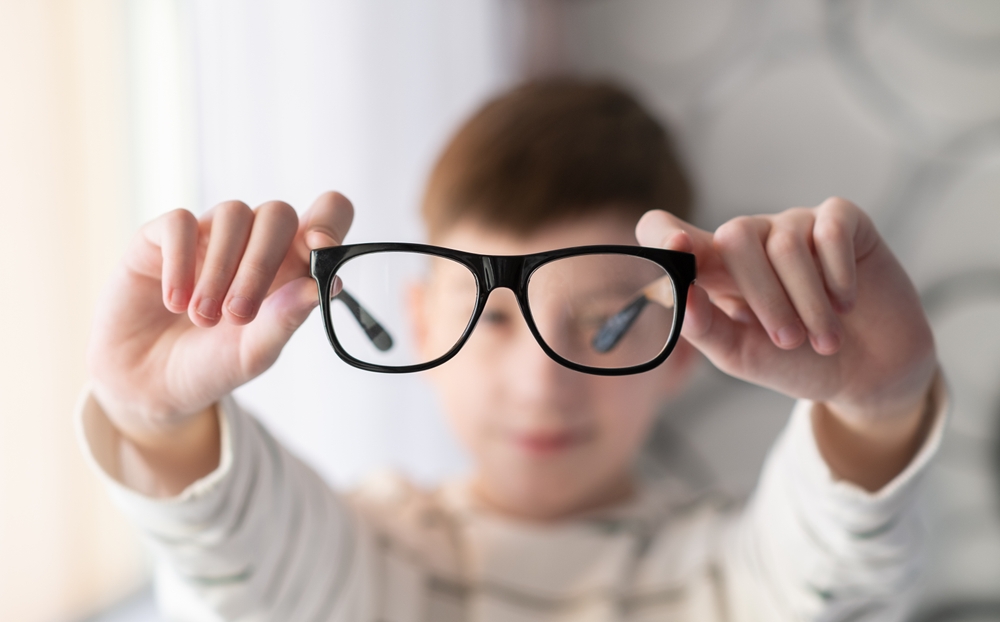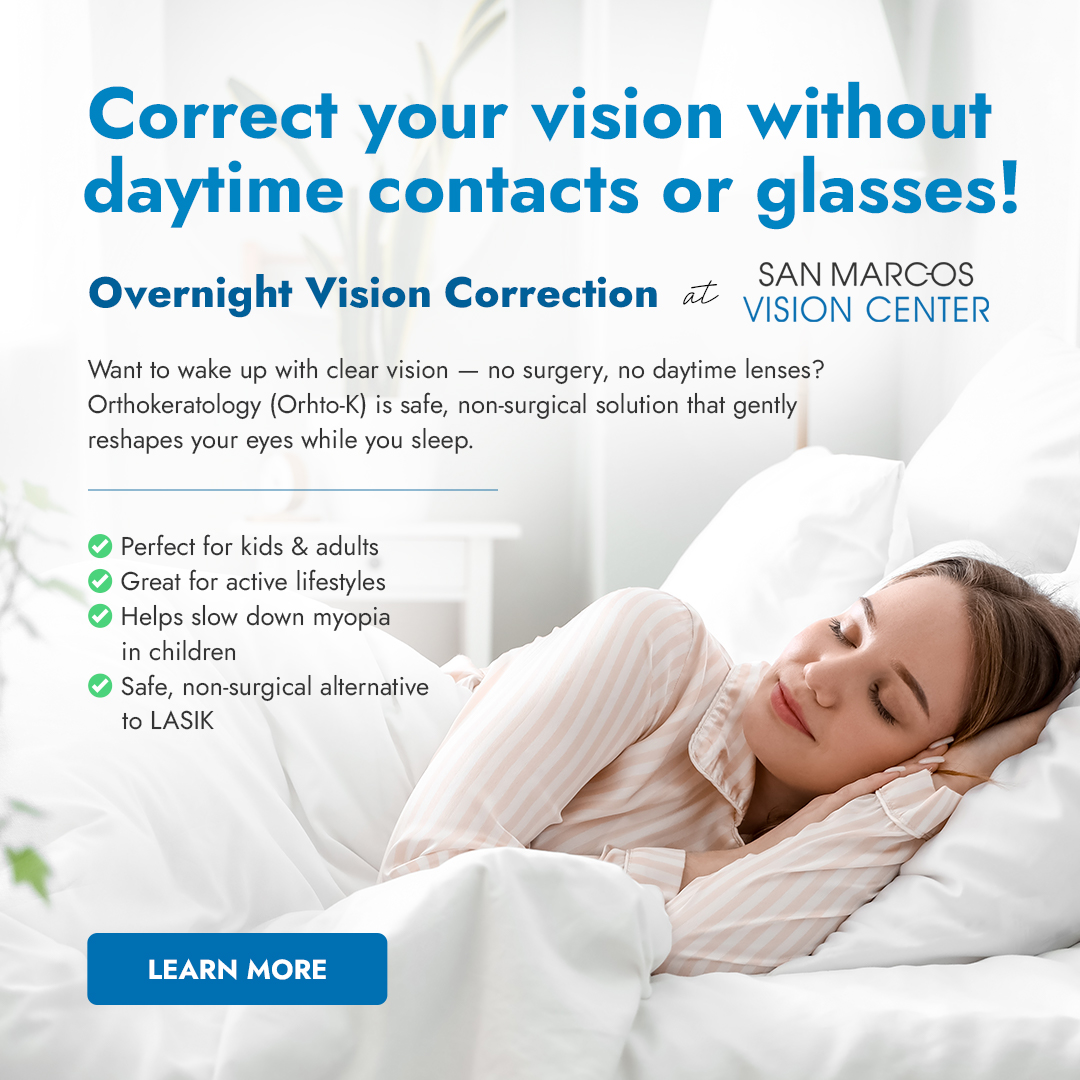
Myopia and sleep patterns exhibit a potentially significant link that warrants comprehensive exploration. This condition, known as nearsightedness, affects one's ability to see distant objects. Sleep patterns encompass the regularity and quality of sleep, including duration and timing. Understanding how myopia and sleep patterns influence each other is crucial for patients seeking to manage their visual health effectively.
Understanding Myopia
Myopia is a vision condition in which individuals see close objects clearly, but distant ones appear blurred. This occurs because the eye's shape causes light rays to focus incorrectly, creating a blurry image.
Causes of Myopia
Myopia, also known as nearsightedness, poses challenges for individuals in seeing distant objects clearly. This visual condition stems from structural changes in the eye that disrupt the proper focusing of light rays onto the retina. To comprehend the contributing factors to myopia, it's essential to explore its primary causes.
Elongation of the Eyeball: This structural change in the eye is one of the primary reasons for myopia. When the eyeball is longer than normal, it causes light to focus in front of the retina instead of directly on its surface, leading to a blurred image of distant objects.
Excessive Curvature of the Cornea: The cornea, serving as the outermost lens of the eye, plays a crucial role in controlling and focusing incoming light. If the cornea is overly curved in relation to the length of the eyeball, it can also lead to the misfocusing of light in front of the retina, contributing to myopia.
Family History of Nearsightedness: Genetics play a crucial role in myopia development. Individuals with nearsighted parents have a higher chance of developing the condition, indicating that myopia can be inherited.
Understanding the potential outcomes of unmanaged myopia underscores the importance of regular eye examinations and interventions. Here are the key risks associated with myopia progression:
Increased Risk of Glaucoma: Glaucoma, a group of eye conditions leading to optic nerve damage, often correlates with increased eye pressure. Myopic patients show a higher predisposition to developing this sight-threatening condition.
Greater Likelihood of Cataracts: The clouding of the eye's natural lens, known as cataracts, can occur younger in those with myopia. This clouding can lead to a significant decrease in vision quality.
Heightened Risk of Retinal Detachment: As myopia advances, the stretched and thinned retina becomes vulnerable to tears and detachment. This serious condition can result in permanent vision loss if not promptly treated.
Macular Degeneration: Myopic macular degeneration involves changes to the retina that can drastically affect central vision, which is crucial for reading and driving.
Why Sleep Matters
Believe it or not, healthy sleep patterns could help manage myopia. Restful sleep allows your eyes to rest properly and recover from strain, potentially slowing down the progression of near-sightedness. It's all about giving your body and eyes the best chance to stay healthy. Here are some tips for a better sleep:
Stick to a Schedule: Try to go to bed and wake up at the same time every day.
Create a Relaxing Bedtime Routine: Reading or gentle stretching can signal your body that it's time to wind down.
Make Your Bedroom Comfortable: A cool, dark, and quiet room can help improve your sleep quality.
Limit Screen Time Before Bed: The blue light from screens can interfere with your sleep. Try to put away electronic devices at least an hour before bedtime.
The Science of Sleep Patterns
Sleep patterns consist of the cycles and stages of sleep that you experience each night. They matter because they help maintain the health of the brain and body.
How Sleep Affects Overall Health
Adequate sleep supports immune function. It helps repair your body and ensures good mental health. Poor sleep contributes to a higher risk of chronic diseases.
The Impact of Poor Sleep on Vision and Eye Health
Poor sleep has significant effects on various aspects of eye health. Here are some ways in which inadequate sleep can impact vision:
Stress and Eye Strain: Lack of sleep increases stress hormones. This condition causes eye strain.
Reduced Tear Production: Sleep deprivation decreases tear production. Eyes dry out, and discomfort increases.
Progression of Myopia: Poor sleep patterns might be linked to worsening myopia. Without proper rest, eye health deteriorates.
Preventive Measures to Establish Healthy Sleep Patterns
Establishing healthy sleep habits is crucial to protect eye health and manage conditions such as myopia. Here are some preventive measures to reinforce good sleep patterns:
Set a Consistent Sleep Schedule: Go to bed and wake up simultaneously daily. This regularity supports your body's internal clock.
- Limit Evening Exposure to Blue Light: Avoid screens before bedtime. This practice helps prepare your body for sleep.
- Optimize Your Sleep Environment: Keep your bedroom dark, cool, and quiet. This environment promotes better sleep quality.
Understanding myopia and sleep patterns helps patients effectively manage vision and overall well-being.
Exploring the Link Between Myopia and Sleep Patterns
Recent research indicates a possible relationship between myopia and sleep patterns. Studies suggest that the quantity and quality of sleep may affect myopic conditions.
How Sleep Patterns May Influence Myopia Progression
Poor sleep patterns disrupt the body's natural healing process. Eyes fail to rest adequately, which may lead to the progression of myopia. Consistent, quality sleep may help mitigate this effect.
The Impact of Screen Time Before Bedtime on Myopia
Excessive screen time before bed exposes eyes to blue light. This exposure can disrupt sleep and may be connected with myopia development. Reducing screen time in the evening may benefit sleep quality and eye health.
By understanding the relationship between myopia and sleep patterns, patients may take proactive steps in managing their vision health.
Managing Myopia Through Better Sleep Habits
Managing myopia effectively involves more than just corrective lenses or surgery; it also requires attention to one’s lifestyle, particularly sleep habits. Research has shown a significant link between myopia and sleep patterns, suggesting that improving sleep hygiene could contribute to myopia management.
Here are practical tips to enhance sleep quality:
Maintain a Regular Sleep Schedule: Going to bed and waking up at the same time every day helps regulate your body's internal clock and promotes better sleep.
Create an Optimal Sleeping Environment: Ensure your bedroom is dark, quiet, and comfortable to create a conducive atmosphere for quality sleep.
Limit Exposure to Blue Light: Blue light emitted by screens can disrupt your sleep patterns. Try to avoid screen time at least an hour before bedtime or use devices with blue light filters.
Role of Outdoor Activity
Engaging in outdoor activities serves a dual purpose in promoting eye health and improving sleep quality. Exposure to natural sunlight helps regulate sleep cycles, which is crucial for quality rest.
Additionally, spending time outdoors reduces the risk of developing myopia, as natural light aids in healthy eye development. Thus, making outdoor activities a regular part of your routine can serve as a preventive measure against myopia and contribute to improved sleep patterns.
Incorporating Myopia Management Techniques
Combining myopia management techniques with healthy sleep habits creates a comprehensive approach to eye care. Treatments like Atropine drops can slow the progression of myopia.
By following the prescribed treatment regimen and adopting good sleep habits, you optimize the potential benefits of the treatment. Sufficient rest during sleep allows the body to heal and regenerate, supporting overall eye health and enhancing the effectiveness of myopia management strategies.
Advanced Myopia Management Techniques
Atropine eye drops serve as a potent tool in controlling myopia progression. Eye care professionals often prescribe low-dose Atropine for its effectiveness and minimal side effects. Patients use the drops nightly to slow the eye elongation that causes myopia.
Studies suggest that Atropine inhibits the action of certain neurotransmitters involved in eye growth. This mechanism helps stabilize the prescription of patients with myopia. Regular monitoring and continued use are essential for maximum efficacy in managing myopia progression.
Other Advanced Myopia Management Strategies
Exploring various avenues for myopia management reveals several cutting-edge strategies beyond traditional methods. These approaches aim to offer patients, particularly those seeking non-invasive options, effective alternatives to slow or halt myopia progression.
Orthokeratology (Ortho-K): This involves wearing specially designed gas-permeable contact lenses overnight that temporarily reshape the cornea to correct myopia during the day.
Multifocal Contact Lenses: These lenses provide different powers across the contact lens surface to correct myopia and potentially slow its progression.
Multifocal Eyeglasses: Similar to multifocal contacts, these glasses have multiple lens powers to help reduce eye strain and control myopia.
Low-Level Light Therapy: This method uses low-level light to potentially alter the retina's and sclera's biochemical processes to manage myopia.
When to Consider Treatments
Patients should consider treatment for associated conditions such as keratoconus, especially when they experience a deterioration in vision. This condition often coincides with myopia, and addressing it can prevent further complications. Eye specialists can offer tailored treatments such as corneal cross-linking or customized contact lenses to stabilize the cornea and improve vision.
The interplay between myopia and sleep patterns calls for a comprehensive myopia management approach that controls visual and lifestyle factors for optimal eye health.
Conclusion
In conclusion, recognizing the link between myopia and sleep patterns marks an integral step toward effective eye care. This connection underscores the importance of integrating good sleep hygiene into a myopia management plan. Patients benefit from establishing a routine that promotes restorative sleep to support eye health.
Individuals should adopt a holistic approach to managing myopia. This strategy combines optimal sleep practices with other preventative measures, such as the use of Atropine and specialized eyewear. Such a comprehensive method offers the best defense against the progression of myopia.

 Specialty Contacts
Specialty Contacts





